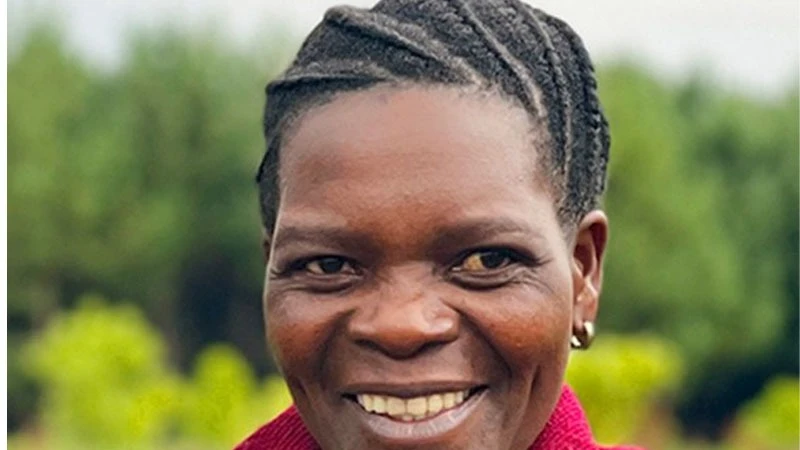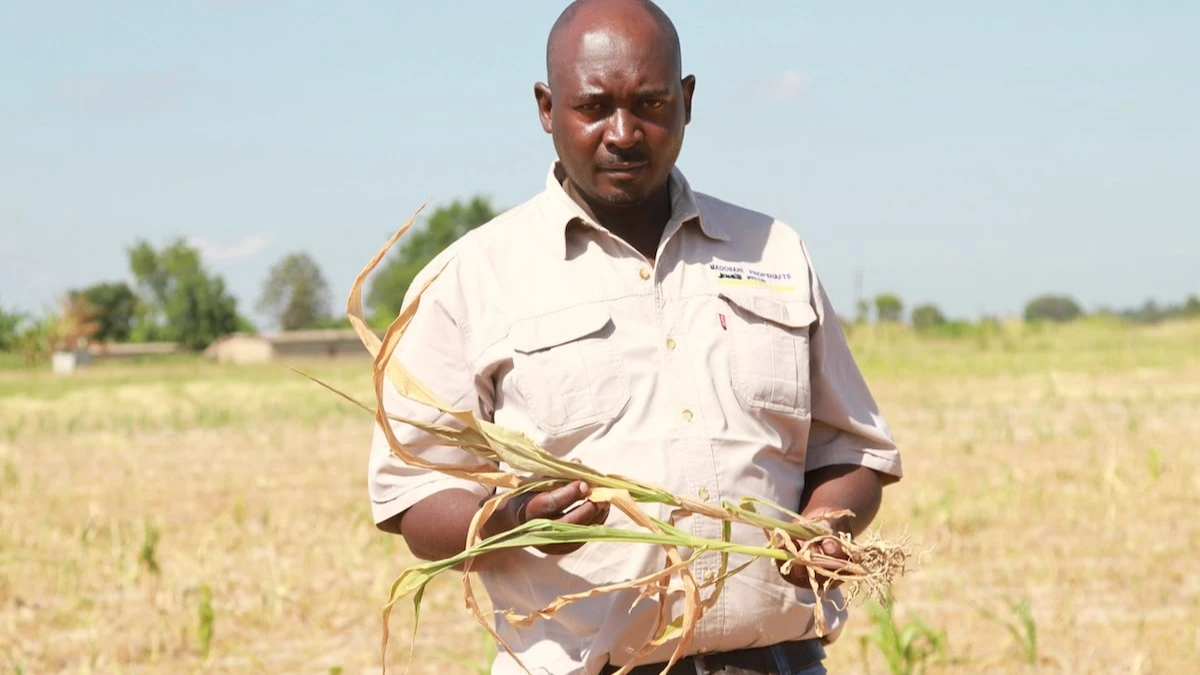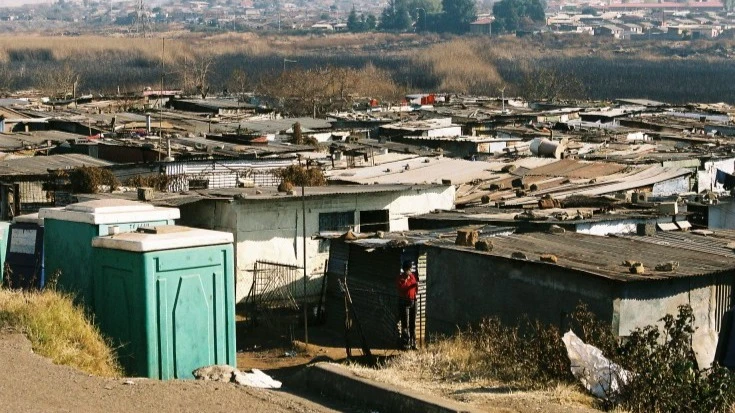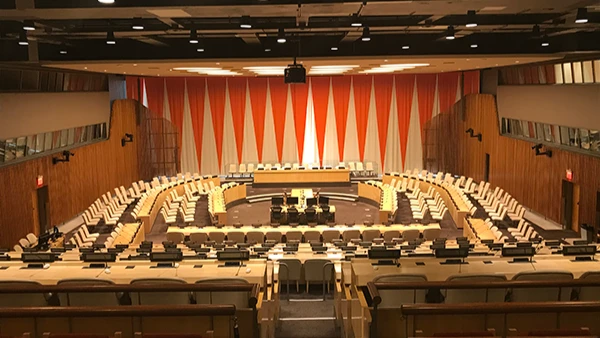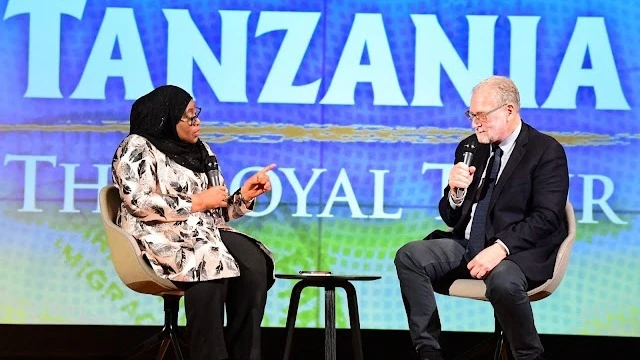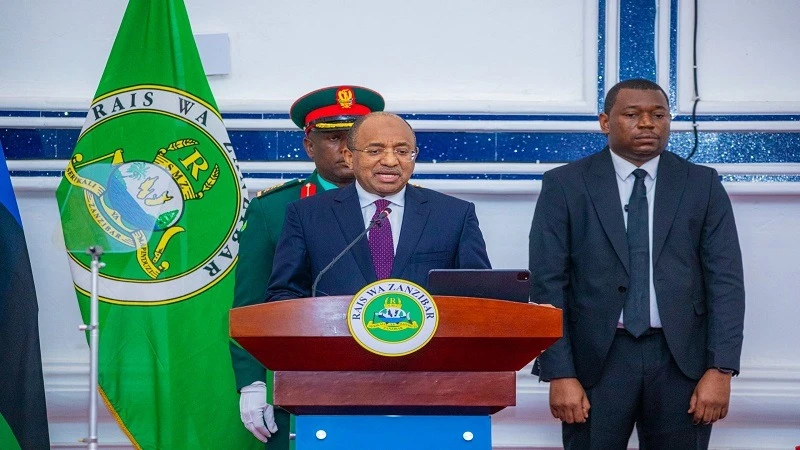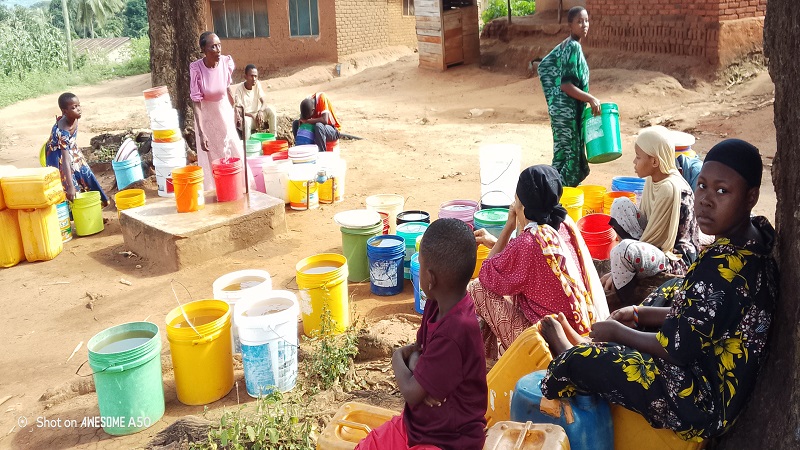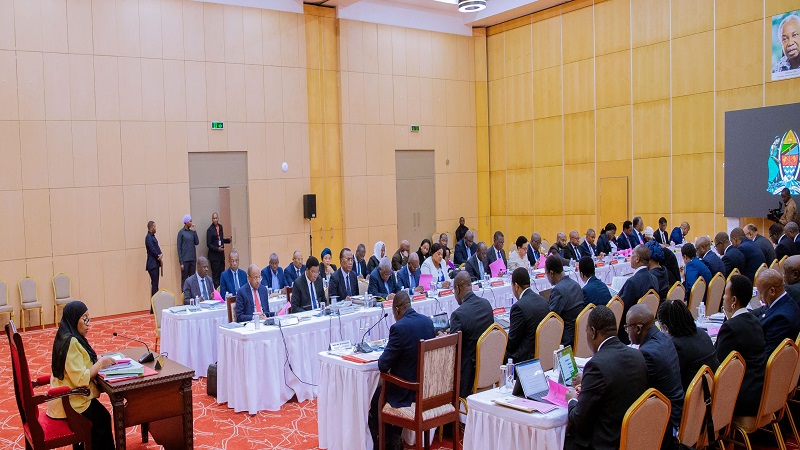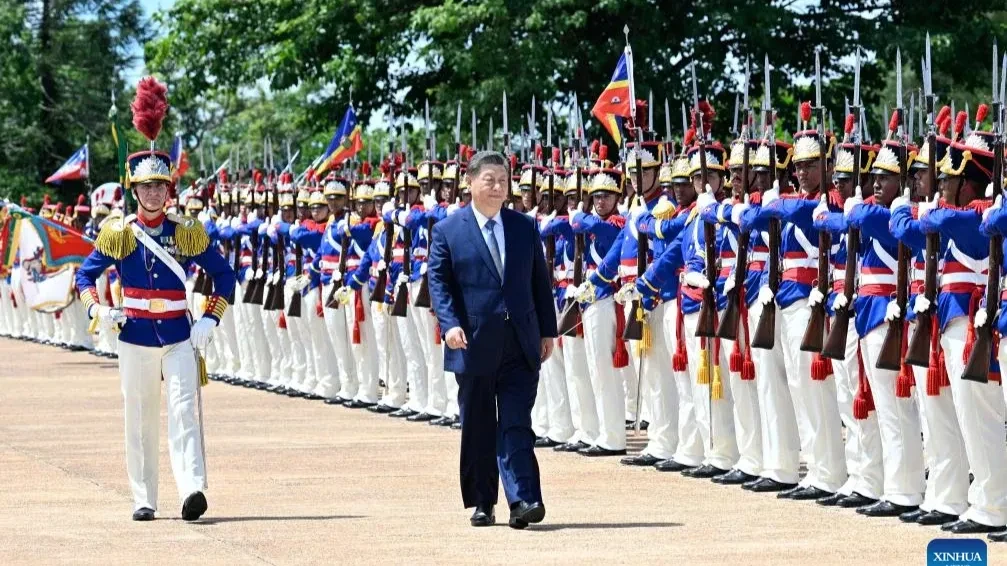30bn/- boosts community growth, transforms Serengeti conservation
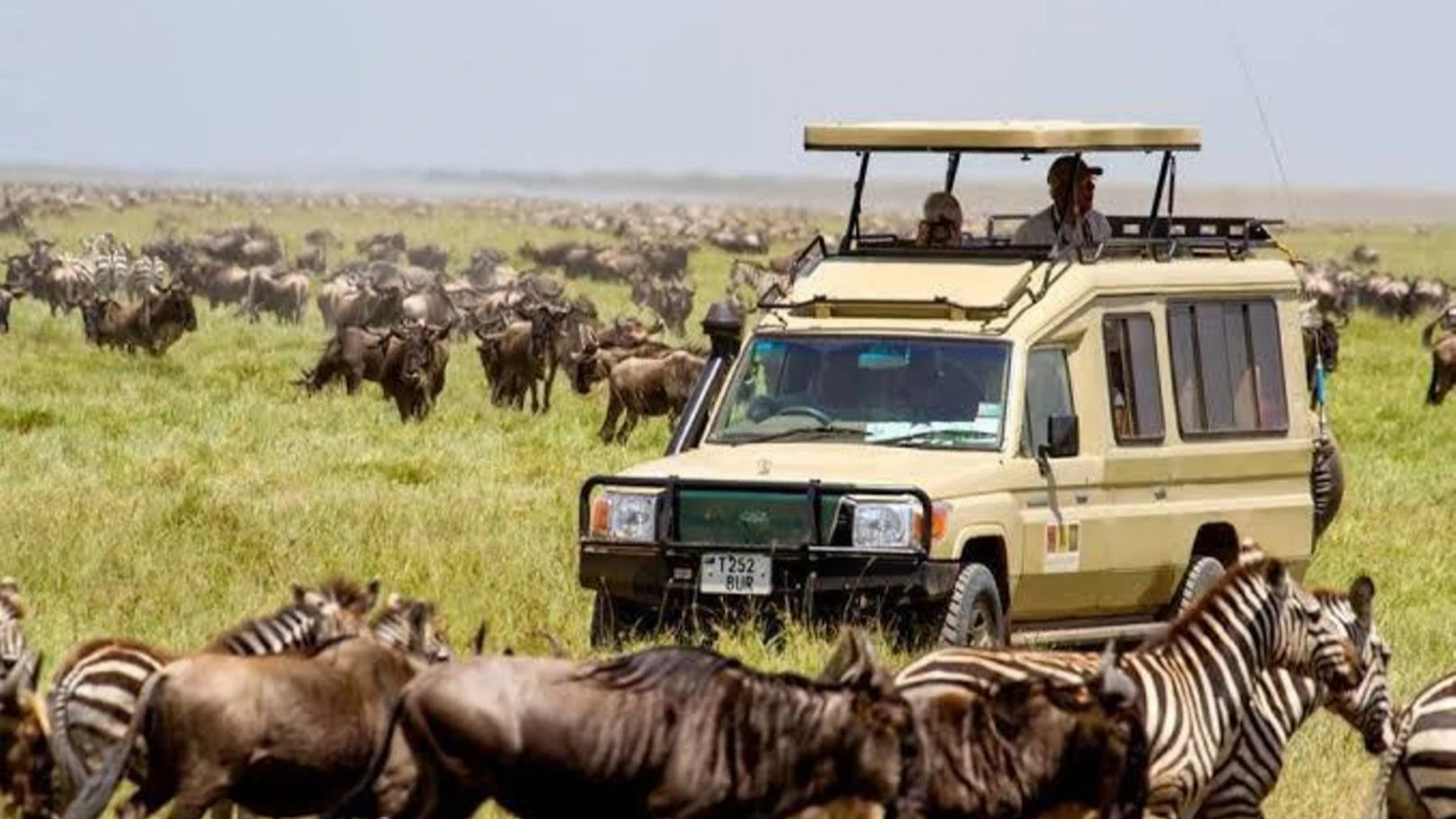
THE Tanzania National Parks (TANAPA) has disbursed an impressive sum exceeding 30bn/- towards implementing pivotal community development projects in villages bordering the iconic Serengeti National Park.
This substantial investment marks a strategic and highly successful initiative aimed at significantly improving local livelihoods while simultaneously strengthening critical conservation efforts around one of the world's most renowned wildlife sanctuaries.
The impactful initiatives, operating under TANAPA's ambitious Support for Community Initiated Projects (SCIPs) programme, are meticulously designed to achieve a dual objective: to uplift the socio-economic conditions of communities residing in the park’s vicinity and, crucially, to foster a scientific and sustainable involvement of these local populations in conservation.
The programme has garnered widespread acclaim and is largely credited with substantially reducing pervasive threats such as poaching, livestock encroachment into protected areas, and other environmental degradations that have historically challenged the Serengeti ecosystem.
Speaking to a group of journalists during an extensive tour within the park recently Abed Mwesigwa, Serengeti National Park’s dedicated community relations officer, provided a comprehensive overview of the programme's achievements. He revealed that a remarkable total of 181 development projects have been successfully implemented across eight districts: Serengeti, Bunda, Tarime, Busega, Bariadi, Itilima, Meatu, and Ngorongoro.
These districts span three key administrative regions of Tanzania – Mara, Arusha, and Simiyu – illustrating the broad geographical reach and comprehensive impact of TANAPA's commitment. The aggregate cost of these multifaceted projects, as confirmed by Mwesigwa, indeed exceeds the 30bn/- mark, signifying a monumental investment in human-wildlife co-existence.
The scope of these projects is broad and touches upon the fundamental pillars of community well-being.
They primarily encompass crucial infrastructure development in vital sectors such as health, education, water provision, and improved connectivity through the construction and upgrading of roads and bridges. Beyond direct infrastructure, TANAPA has proactively forged partnerships with other key stakeholders, including non-governmental organisations and local government authorities, to implement progressive land-use management initiatives. These efforts are designed to ensure sustainable resource utilization and minimize human-wildlife conflict outside the park boundaries.
Furthermore, a significant component of the SCIPs programme has been the creation of sustainable economic opportunities for local youth. Several young people from these beneficiary villages have successfully secured employment opportunities within reputable security firms and authorized hunting companies operating in the region. This strategic provision of formal employment not only offers much-needed income for these young individuals and their families but also instills in them a direct, tangible role in the protection and sustainable management of the nation's invaluable natural resources. It transforms potential poachers into conservation partners, aligning their economic interests with the well-being of the wildlife.
Key investments under SCIPs highlight TANAPA’s holistic approach to community development. These include the construction of modern school blocks and classrooms, ensuring better access to quality education for thousands of children. To address the critical issue of water scarcity for livestock, numerous livestock water dams have been constructed, reducing pressure on natural water sources within the park.
Housing units for essential service providers such as doctors and teachers have been built, attracting and retaining skilled professionals in remote areas. A notable investment includes a dedicated girls’ dormitory, promoting female education and safety. Additionally, critical roads and bridges have been constructed or rehabilitated, enhancing accessibility for communities and improving logistics. Crucially, ranger posts have been established in nearby villages, providing immediate protection against dangerous wildlife encounters and fostering a sense of security among residents.
However, the success of this programme is not solely predicated on financial investment but also on a robust framework of mutual accountability. TANAPA has established clear and strict conditions for project beneficiaries, which are non-negotiable for continued support. These conditions include the absolute eradication of poaching activities originating from or facilitated by the villages, and the strict prohibition of livestock grazing within the designated park boundaries. These stringent measures are fundamentally aimed at preserving the delicate Serengeti ecosystem while simultaneously incentivizing genuine and sustained community cooperation in conservation.
“This strategy has significantly improved the stability around the park. Villages are now actively competing to eradicate illegal activities in order to qualify for development projects,” Mwesigwa elaborated, highlighting the ingenious incentive structure. He further underscored the critical consequence of non-compliance: “Any village found engaging in poaching or livestock encroachment is immediately disqualified from receiving support. As a result, locals themselves have become enforcers, significantly reducing wildlife crimes. It’s important to remember that most poachers come from outside but need cooperation from insiders to succeed.” This peer enforcement mechanism has proven exceptionally effective, leveraging community self-interest for the greater good of conservation.
The vast reach of TANAPA’s community engagement is evident in the sheer number of beneficiaries. Serengeti National Park is surrounded by a staggering 248 villages, spread across the aforementioned eight districts in three regions. Mwesigwa confirmed that, without exception, all these villages have benefited in some tangible way from TANAPA's extensive community projects, cementing a broad base of support for conservation.
Tangible evidence of the programme’s success is found in the testimonials of the beneficiaries themselves. Nelson James, the chairperson of Bokore village, proudly confirmed the recent construction of a modern dispensary, valued at over 400 million/-, in his village. He also lauded the rehabilitation of a crucial 12-kilometre road that was previously impassable during the vital rainy season, isolating the community.
Echoing his sentiments, Nyabikwabe Nyerere, a resident of Bokore, expressed profound gratitude for the new health facility. “This dispensary has been a major breakthrough for pregnant women in our village. We now have 24-hour access to essential health services, which was simply unthinkable before. It has truly changed lives and saved many mothers and babies.” Her words encapsulate the deep appreciation and transformative impact of TANAPA’s strategic investments.
As TANAPA continues to champion this collaborative approach, the Serengeti stands as a powerful testament to the idea that effective conservation is not just about protecting wildlife, but equally about empowering and partnering with the communities that live alongside it. The investment is not merely financial; it is an investment in shared prosperity and a sustainable future for both people and nature.
Top Headlines
© 2025 IPPMEDIA.COM. ALL RIGHTS RESERVED


